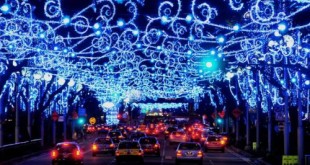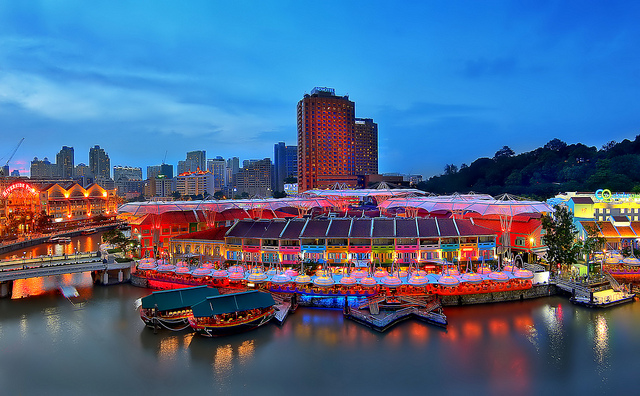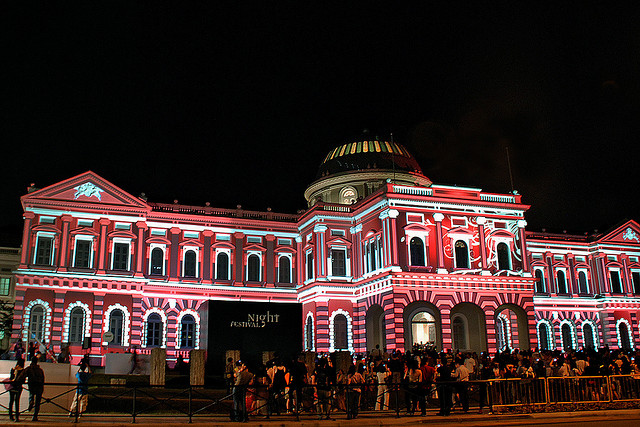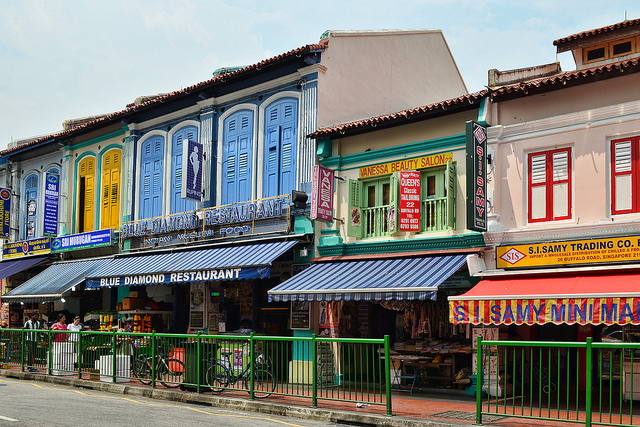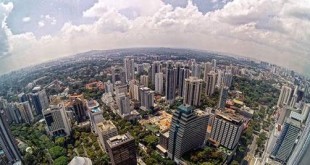The first time I stepped into the Changi Airport, I was awestruck. This wasn’t like any airport I had ever seen. If there weren’t airplanes right outside the runway, and if I didn’t see signs showing the flight schedules, I’d be forgiven if I thought I was inside a very swanky mall or hotel.
Humble Beginnings
First established in 1981, the Changi Airport has humble roots. Singapore’s first international airport was originally at Paya Lebar, but because of the fast growing demand for aviation transport and other factors, it was later decided that it would be advantageous to move the airport to a different location.
Since then, Changi Airport has continued to rake in numerous awards, not just because of the top-notch service the airport provides, but also because of the airport’s designs and other innovations. In my opinion, Changi Airport deserves its title as the “World’s Best Airport”.
There are currently three terminals, simply called T1, T2, and T3. Each one is connected to the other by a common transit area, and passengers can easily move between each one without having to go through immigration. You can move from one terminal to another via the Skytrain, but if they’re non-operational, you can use of the “travellators” to save yourself the walking time. There’s also a shuttle bus for those moving between terminals in the public areas. Changi Airport also has areas that are open to the public, so a good chunk of the people around may be non-passengers, but people just enjoying the beautiful airport amenities.
The Changi Airport has over 300 shops and around 120 food and beverage outlets. I once had to wait three hours for my flight out to Manila, and I spent that time just browsing the nearby shops. I bought some magazines and travel accessories, and enjoyed a nice cup of teh tarik while waiting.
Terminal 1 Renovation
Terminal 1 recently has undergone renovations amounting to $500 million. The facade and the internal halls have gone through some major overhaul, and includes a very impressive art installation called Kinetic Rain. The overall theme of T1 is “Tropical City”, giving it an open and relaxing atmosphere.
Connection to the World
Changi Airport doesn’t just connect flights all over Asia. It has serviced passengers coming in or going to North and South America, East Asia, Europe and Oceania. You can just imagine the number of people in this airport every day.
Comfortable Budget Terminal
Even the Budget Terminal was surprisingly well outfitted. While it was built more simply without certain amenities and decorative designs, it was still functional and comfortable. There were enough duty free shops and F&B outlets, plus free Internet terminals and even mobile phone charging stations.
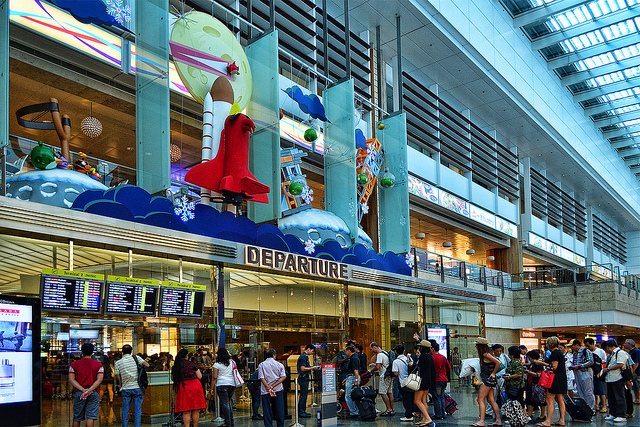
The Budget Terminal is currently closed for major renovations that will start in 2013, in order to handle the increasing number of visitors coming in through the budget airlines. Operations have been moved to T2, and it is expected to be completed by 2017. Amenities will also be upgraded, so travelers going through this terminal won’t feel so left out. As someone who’s gone through the Budget Terminal before renovation, I’m excited for this development.
Changi has impressed me so much, that I’m willing to spend a day of my next Singapore trip inside it. If you’re flying to Singapore any time soon, take time to explore the airport. It’s architecture, construction, design and efficiency makes it a tourist attraction in its own right.
Photos by chooyutshing and Gwydion M. Williams
